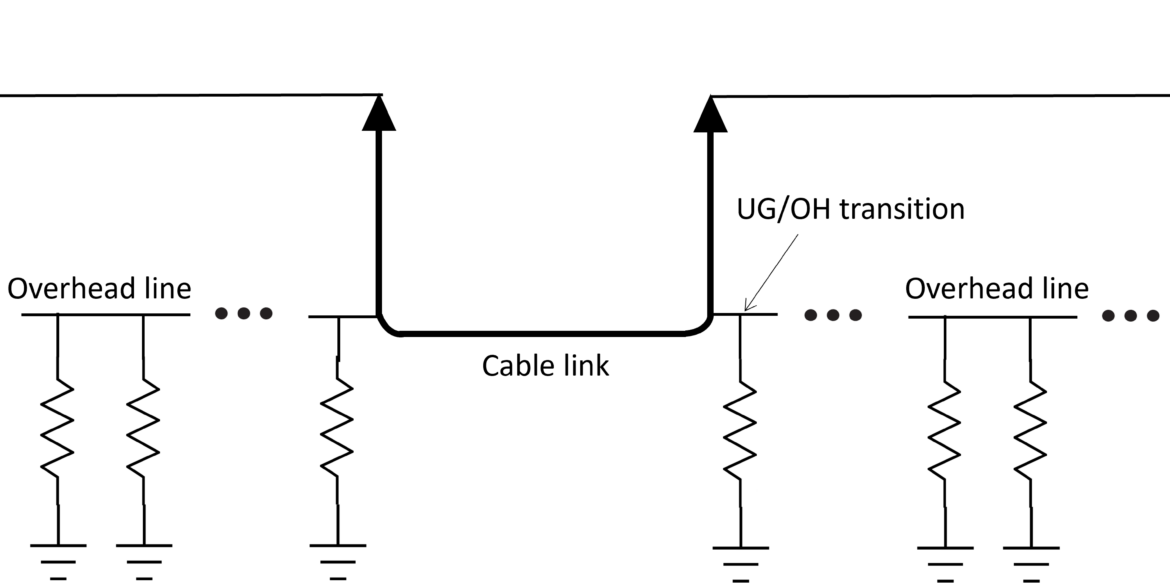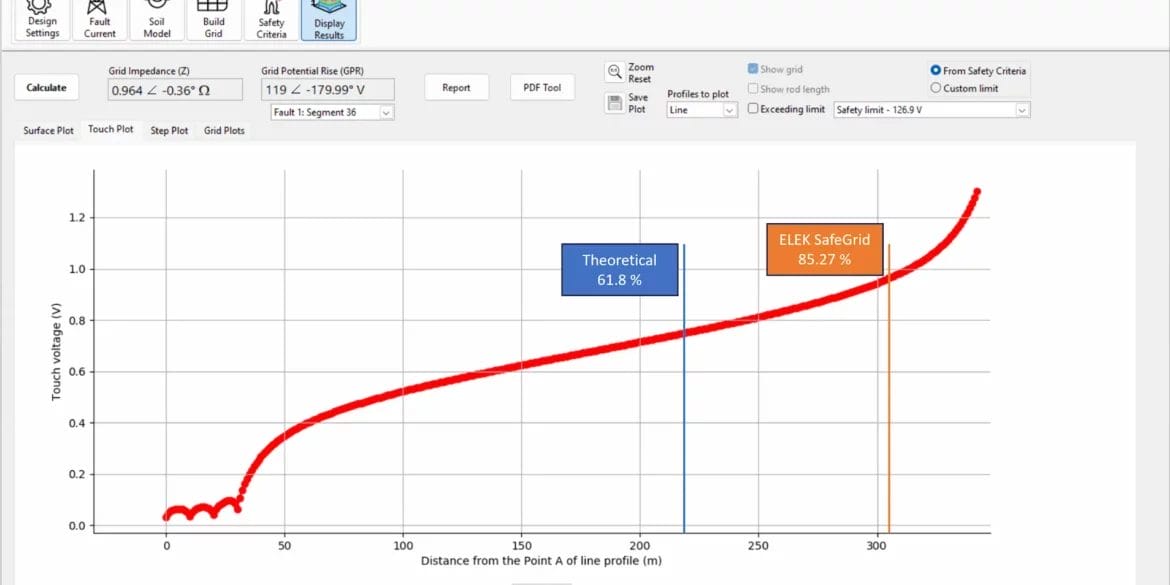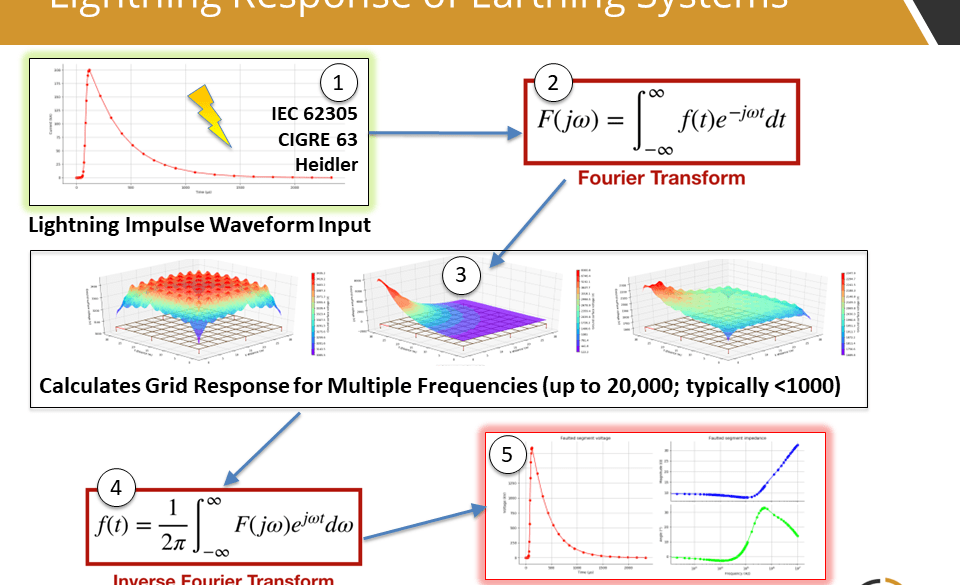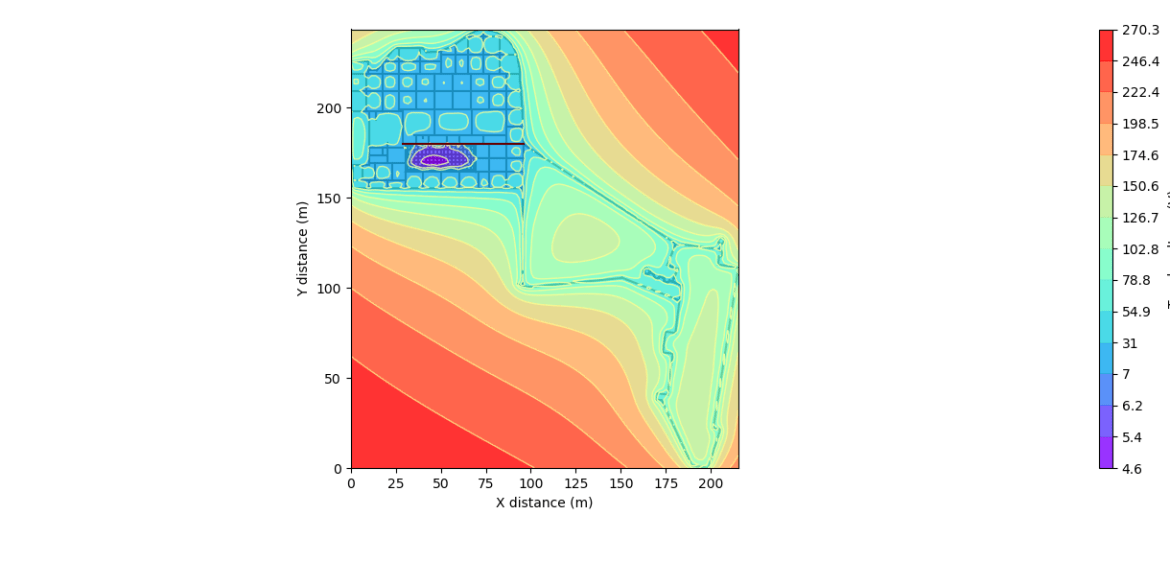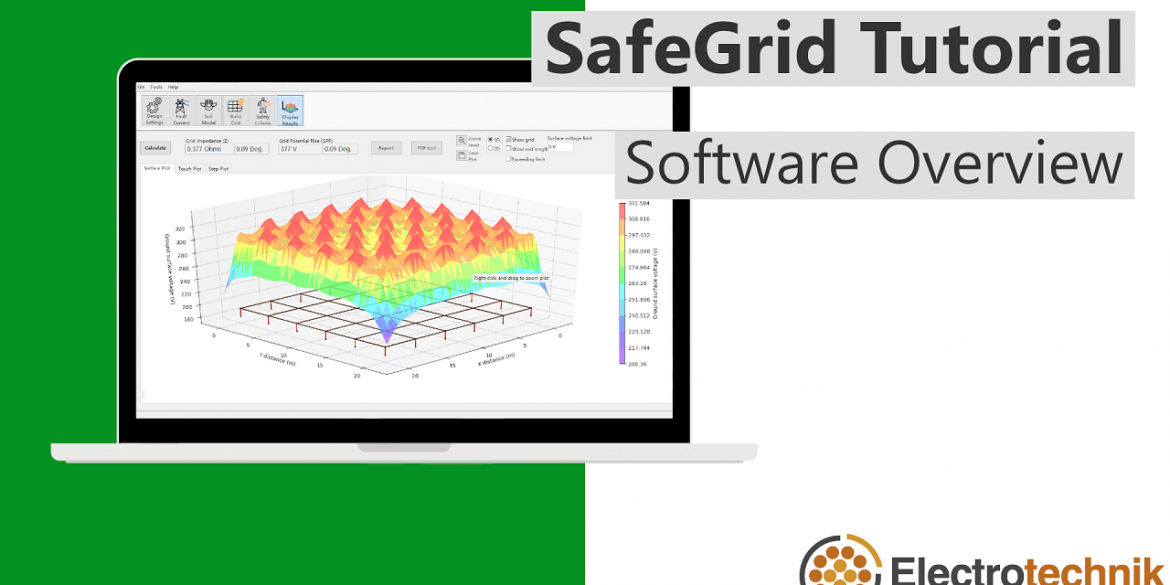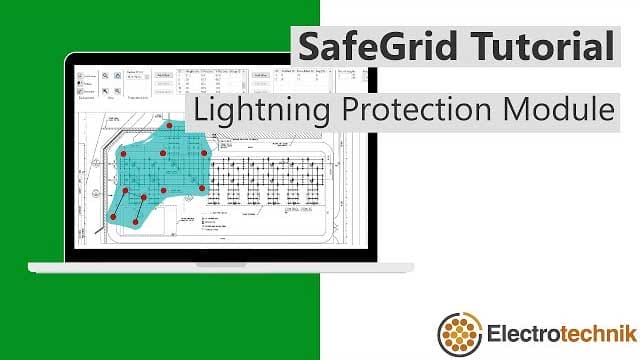Design and modelling of wind and solar PV farm earthing
This presentation explains the design of earthing systems for wind farms and solar farms. Earthing design for battery systems will be the subject of a future presentation. The main topics covered will be soil electrical resistivity emphasising on the importance of accurate measurements, wind turbine generator local earthing, array and inverter earthing, earth fault current analysis, software modelling, and validation testing.
The modelling was performed using SafeGrid Earthing Software.
This presentation is a condensed summary of the complete design guide articles are linked below.
Wind farm earthing guide
The typical earthing system for a wind farm is a single integrated (combined) structure suitable for all purposes, including lightning protection, power system fault protection, and telecommunication systems.
The technical guide explains the electrical systems, local WTG and combined earthing system design, touch and step voltage hazards, soil electrical resistivity measurements, earth fault currents, earthing system software modelling, and validation testing of earthing for wind farms.
Read the complete Wind Farm Earthing Design and Modelling Guide.
Solar PV farm earthing guide
Solar PV farms can cover large areas which presents both safety and economical challenges for design of their earthing systems.
In the technical guide we explain the electrical systems, earthing system design, touch and step voltage hazards, soil electrical resistivity measurements, earth fault currents, earthing system software modelling, and validation testing of earthing for solar farms.
Read the complete Solar Farm Earthing Design and Modelling Guide.
